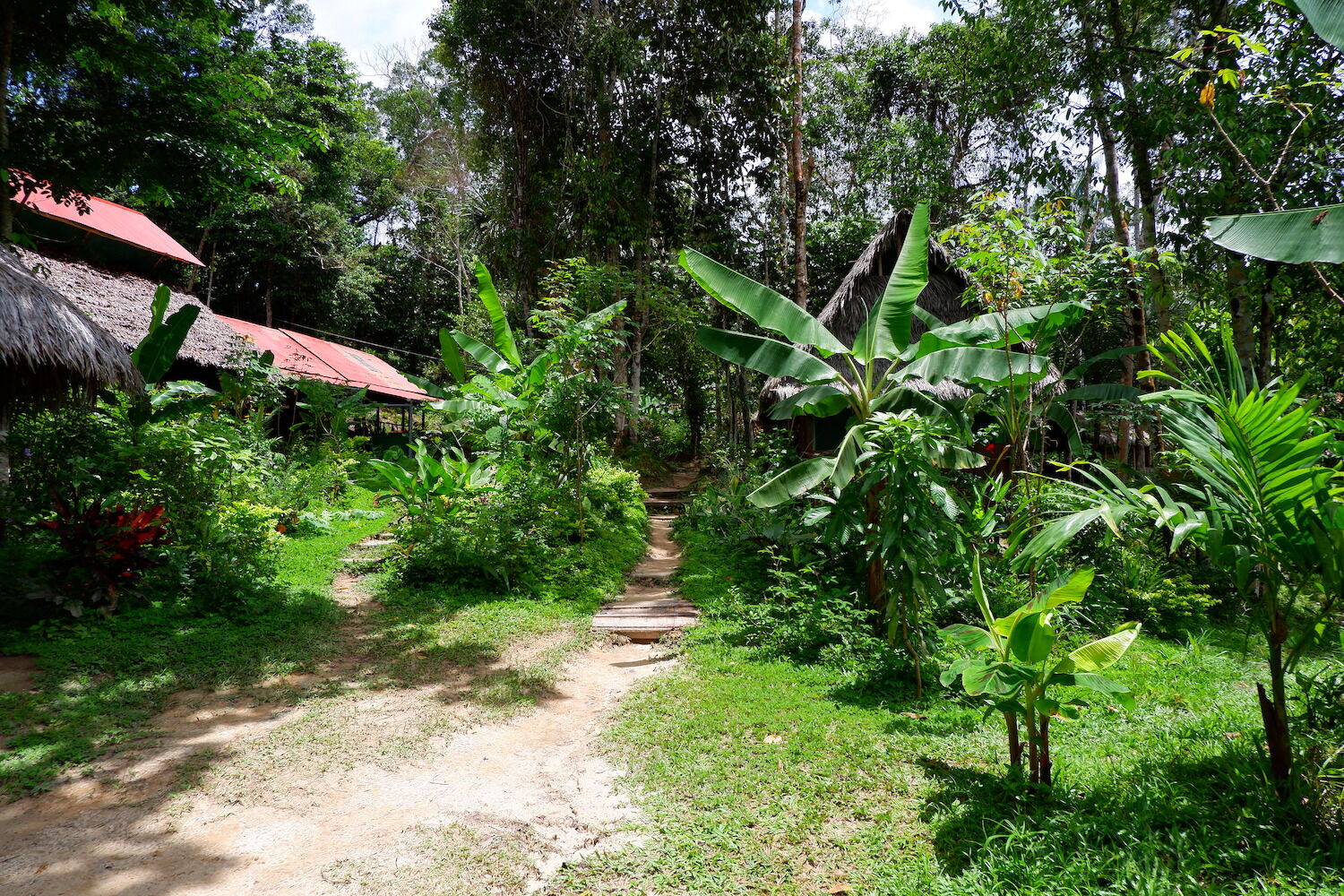
Walking the grounds at The Temple of the Way of Light.
“It’s really hard to be a person,” I heard a voice say as I drifted back toward the present, the dawn beginning to illuminate the alien landscape of the Peruvian Amazon. I had spent the previous night in an ayahuasca ceremony sobbing, writhing in agony, and traveling through time, targeting the sources of deep traumas I carried. Surrounded by 21 other queer and gender-expansive people on their own dark nights of the soul, for the first time in my life, I felt free.
This was the LGBTQ+ Compassionate Inquiry and Ayahuasca Retreat—perhaps the first of its kind for queer people—which took place in Spring 2022. It combined traditional Amazonian medicine with compassionate inquiry (CI), the psychotherapeutic model of trauma expert Dr. Gabor Maté, at The Temple of the Way of Light in Iquitos, Peru. Over 13 days, we rewrote old stories, reframed shame as strength, and surrendered to the care of healers from the Shipibo tribe: an Indigenous people who are among the medicine’s longest keepers.
For those who are unfamiliar, ayahuasca is a powerful hallucinogen and traditional Amazonian brew made from local plants, some of which contain DMT (N, N dimethyltryptamine), a powerful psychedelic. For centuries, Indigenous peoples in the Amazon have used it for visionary and healing purposes. The Global North is now discovering that it can treat trauma-related afflictions that are incurable under the current medical model.
Those are the details—but how do you truly describe the thing that changed your life? Ayahuasca provides a mystical experience, which by definition cannot be put into words. Commonly referred to simply as “the medicine,” it made me question everything I thought I knew about myself, healing, and the nature of reality.
You don’t spend two weeks in the jungle facing your darkest fears on a whim. By the time we arrived, our group had tried everything to heal, from therapy and meditation to other psychedelic medicines and even other ayahuasca retreats. Some of it helped, but nothing resolved the existential pain of growing up othered. The queer retreat, however, was different. The word “compassion” means “suffering together,” and that turned out to be the most powerful medicine.
The Trauma of Queerness
To get to the Temple, you have to board a rickety wooden boat and trek into the jungle. As my fellow queers and I cruised down a muddy tributary of the mighty Amazon, the known world slipped into the distance, our phones lost service, and the forest took hold. We marveled at massive palms with submarine roots; densely tangled thickets of neon pink and brilliant green; Martian blooms and foliage that recoils at your touch.
The rainforest itself was a presence as participatory as any person. Each night, we fell asleep to croaking frogs, twittering birds, and whispering foliage. With little warning, the sky would dump buckets of rain so unrelentingly that I feared the sheet-metal roofs would collapse on our tambos, the half-exposed wooden huts bound with mosquito grating we slept in. Meals were served in a communal dining hall, and group work took place in the maloca, a traditional, round ceremony house.
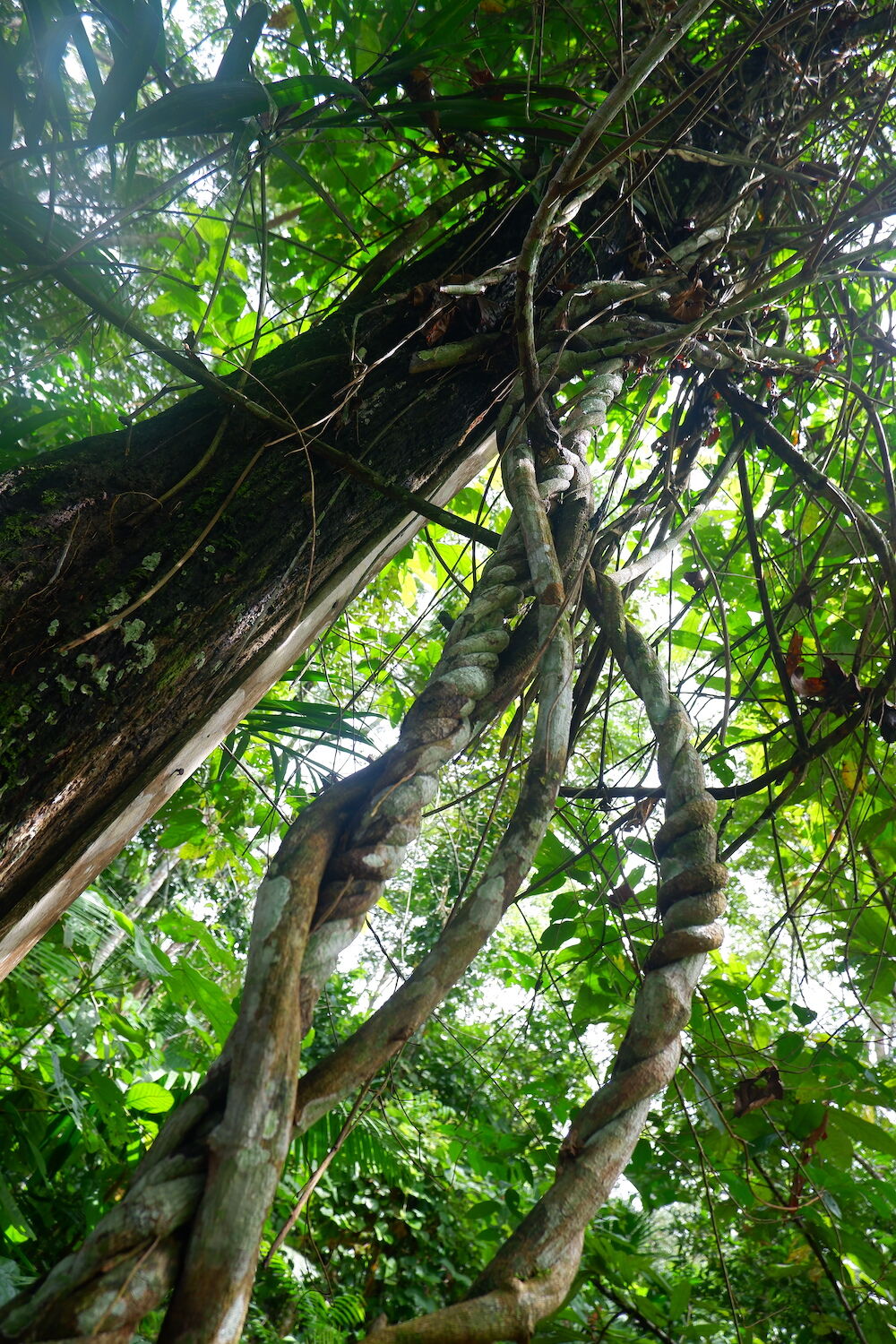
Ayahuasca vine growing in the Amazon Jungle near Iquitos, Peru.
By night, we drank the medicine, launching us on meditative journeys that shattered all concepts of space and time and led through individual and collective trauma to the depths of our souls. The next day, we processed our experiences individually and together with facilitators practicing CI. When the cicadas started their nocturnal symphony, we filed into the maloca, and did it all over again: six ceremonies in 12 nights.
There was a lot to work through. As a queer, nonbinary person born into a female body, I was closeted until my mid-30s. Like many, I grew up in a culture where fluidity was a pathology or a punchline, everything was binary, and gay looked a certain way. Also raised in a strict Evangelical environment to believe my body and feelings were betraying me, I spent years trying to unthink my thoughts and deny my soul.
It was a confusing way to come of age.
While nearly everyone has experienced trauma, especially those living under capitalism, underrepresented people suffer most: the LGBTQIA+ community as well as women, racialized groups, differently abled people, the neurodivergent, and the poor. Experiences such as mine become internalized, manifesting in disproportionate levels of anxiety, depression, and PTSD. It can become so overwhelming that we don’t want to live anymore; 82 percent of U.S. transgender individuals have contemplated suicide, and 40 percent have attempted, including me (twice).
Queerness is about building connections, says Justin Natoli, a queer psycho- and ketamine therapist based in California. It involves becoming comfortable in your skin, building networks of mutual support, and reframing heteronormative conceptions of relationships and bodies, which he sees as a spiritual practice.
“In our culture, the other is treated like a problem to be solved rather than a mystery we can learn from,” Natoli says. “Queer spirituality welcomes [the other] back to the table, … where all the parts of ourselves and one another get to belong.”
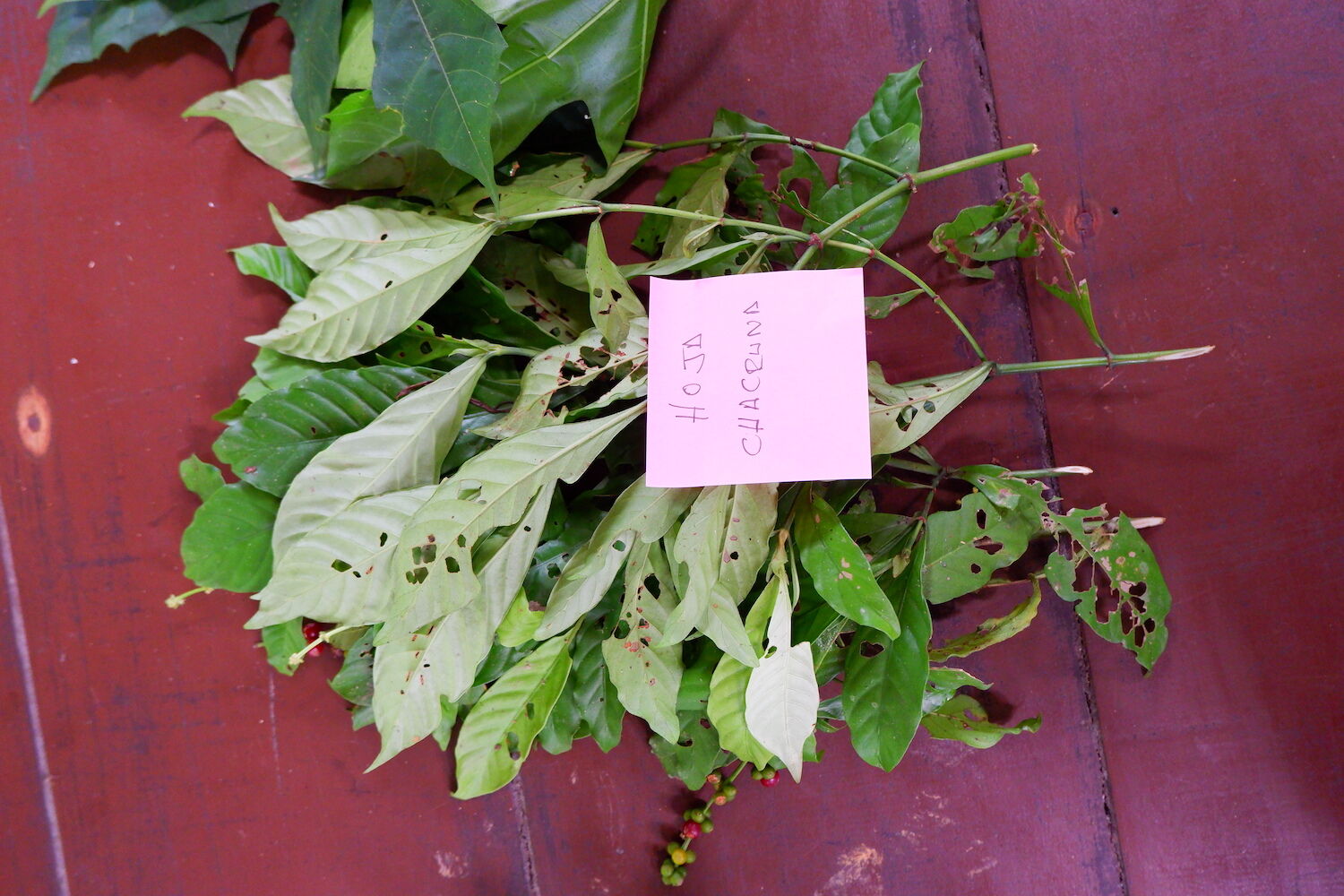
Leaves used in the making of ayahusca brew.
How do I describe that the second I crossed the threshold into the Temple’s grounds, an overwhelming sense of belonging washed over me? I told retreat founder Publio Valle that I felt I’d been waiting my whole life to arrive. As he smiled and told me, “welcome home,” tears welled in my eyes, and I finally understood what that word actually meant.
How do I convey that when I first locked eyes with the attendees, I knew it was not a meeting, but a reunion? Here, I could finally exhale, like “taking off a tight shoe”: the way Ram Dass described death, the end of something known and another thing beginning.
Hearing the Call
They say when it’s time to work with ayahuasca, the medicine chooses you: like a calling. Introduced to plant medicine by a therapeutic practitioner, I became interested in the idea of using ayahuasca to unearth my own repressed trauma. Just before lockdown, I met a friend of a friend who said he appeared in people’s lives when they were ready to answer the call. He told me all about ayahuasca, Peru, and the retreat centers he trusted, including the Temple.
I was struck by the Temple’s commitment to reciprocity, founding Peruvian nonprofits for environmental justice and human rights and establishing a permaculture center, as well as reverence for the Shipibo people and tradition. It extended to Maté himself: when attending a retreat, the healers had him sit out ceremonies, worried his intense energy might impact others. I also did preparation sessions with one of the facilitators, offered to anyone who is considering a retreat.
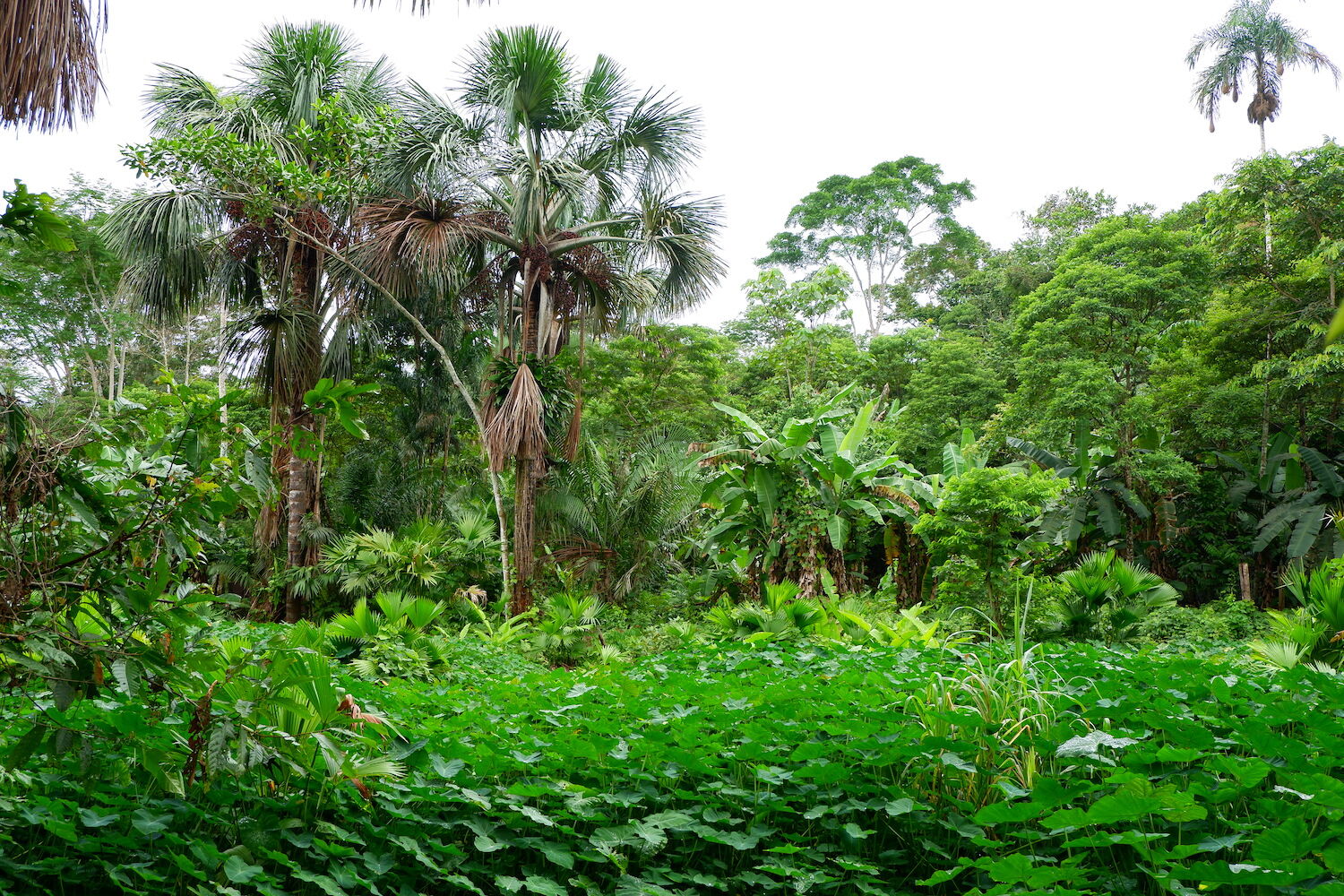
The jungle near The Temple of the Way of Light.
When I learned they were planning to host an all-queer retreat after borders reopened, I knew I had to go. A space on the waitlist opened in December 2021, so I drained my savings account and readied my soul. These experiences, to be sure, are expensive; even having an account to drain is a privilege. But to me, it was worth it. The retreat is being held again in November 2023.
For those who hear the call, the most important consideration when choosing a retreat center is a reputation for integrity, safety, and mutual respect. And nothing could have prepared me for the connection I found. Out of hundreds of ceremonies he’d facilitated, “I had never seen a group bond so quickly. That feeling of family, of love, happened so fast,” says Valle, who is from Brazil and also works as an integration therapist. “As queer people, we share the wound of feeling like we are always hiding something. I saw a deep thirst in our community for authentic connection from the heart.”
We hadn’t even realized how desperate we were, and from the moment we emerged from the jungle sweating, mosquito-bitten, and caked to our thighs in mud, we drank up each others’ company like desert wanderers. During sharing circles in the maloca, it became a hall of mirrors where not only our suffering but triumph and joy were reflected back to us.
“What comes with being [queer] are so many deep judgments we hold about ourselves: I’m bad, I’m broken, I’m defective,” explains Tony Hoare, an integration guide and facilitator who led CI sessions with husband Ben Cases. “In each person’s share, … I can appreciate how this person believes they’re not enough. But I see them … without their false beliefs, and maybe I begin considering that the beliefs I have about myself are just as patently false.”
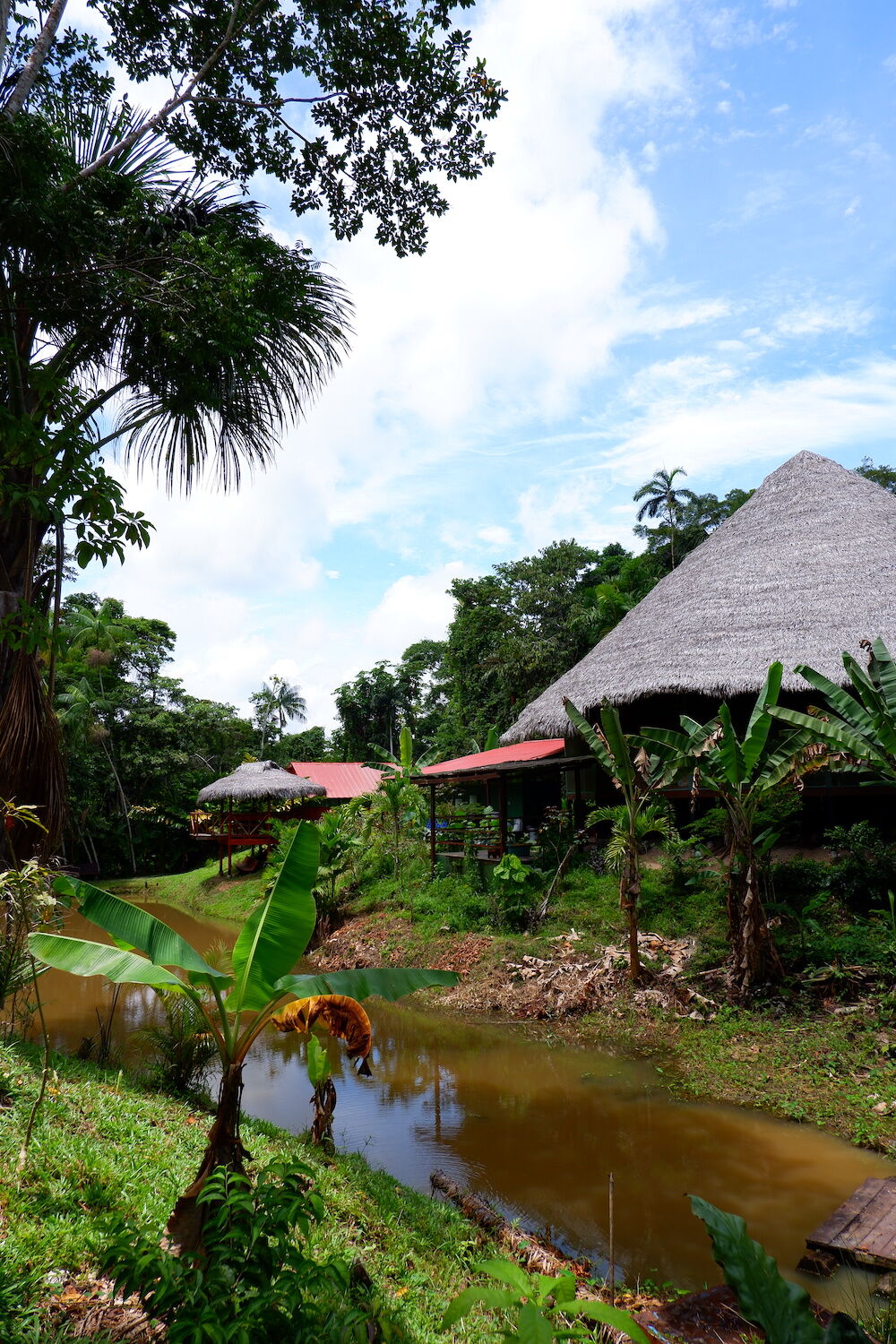
At The Temple of the Way of Light.
Queer Spirituality
People need to create meaning around difficult things that happen, and group rituals provide this, says Cassandra Vieten, executive director of the John H. Brick Foundation and part of the Psychedelics and Health Initiative at the University of California San Diego. In a study of people who had experienced positive transformations, she says, both spirituality and “having a community made it much more likely that an … even shattering experience … would be translated into transformation instead of trauma.”
Queer spirituality involves coming together to make meaning out of shared suffering, and so does compassionate inquiry: looking at painful histories with an empathetic other to place your history in its proper context. Observes Natoli, “having connection with the divine in a group setting seems to be fundamentally healing for people.”
Contrary to popular belief, people don’t act against their own self-interest. The CI framework reveals that even self-harm, addiction, and neuroses started as effective solutions, adopted by our child selves to cope with situations that would have otherwise overwhelmed us. The problem comes when, as adults, something triggers the feelings we once used these behaviors to cope with, and we respond to present situations as if we’re in the past. Ayahuasca and the sharing circles showed us where these patterns came from and what they were covering up—so we could walk back through our memories with the chance to revise.
Ayahuasca is often described as a feminine spirit, the “mother” or “grandmother,” but in the Shipibo worldview, the leaf and vine represent the feminine and masculine energies, respectively; the brew itself both and neither. For me, sometimes she was Kali, the Hindu goddess of creation and destruction; other times, an anthropomorphized tree with creased, kind eyes. Most often, they were an omniscient, invisible narrator, a presence that was the animating force of the multiple dimensions I visited and even consciousness itself. They helped me begin to accept my own androgynous being, this body that never felt like it quite fit.
Every time we have to suppress our feelings for the sake of survival, authentic parts of ourselves fracture off, but they don’t disappear. Ancestral wisdom and modern psychology, from Jungian philosophy to Internal Family Systems, says these parts take on lives of their own, lurking in the shadows of our subconscious until they’re acknowledged and made to feel safe. In my ceremonies, I encountered past versions of myself drinking in alleys, crying in closets, and cowering under the bed. Supported by the spirits of the plants and the people around me, I took them by the hand and led them home.
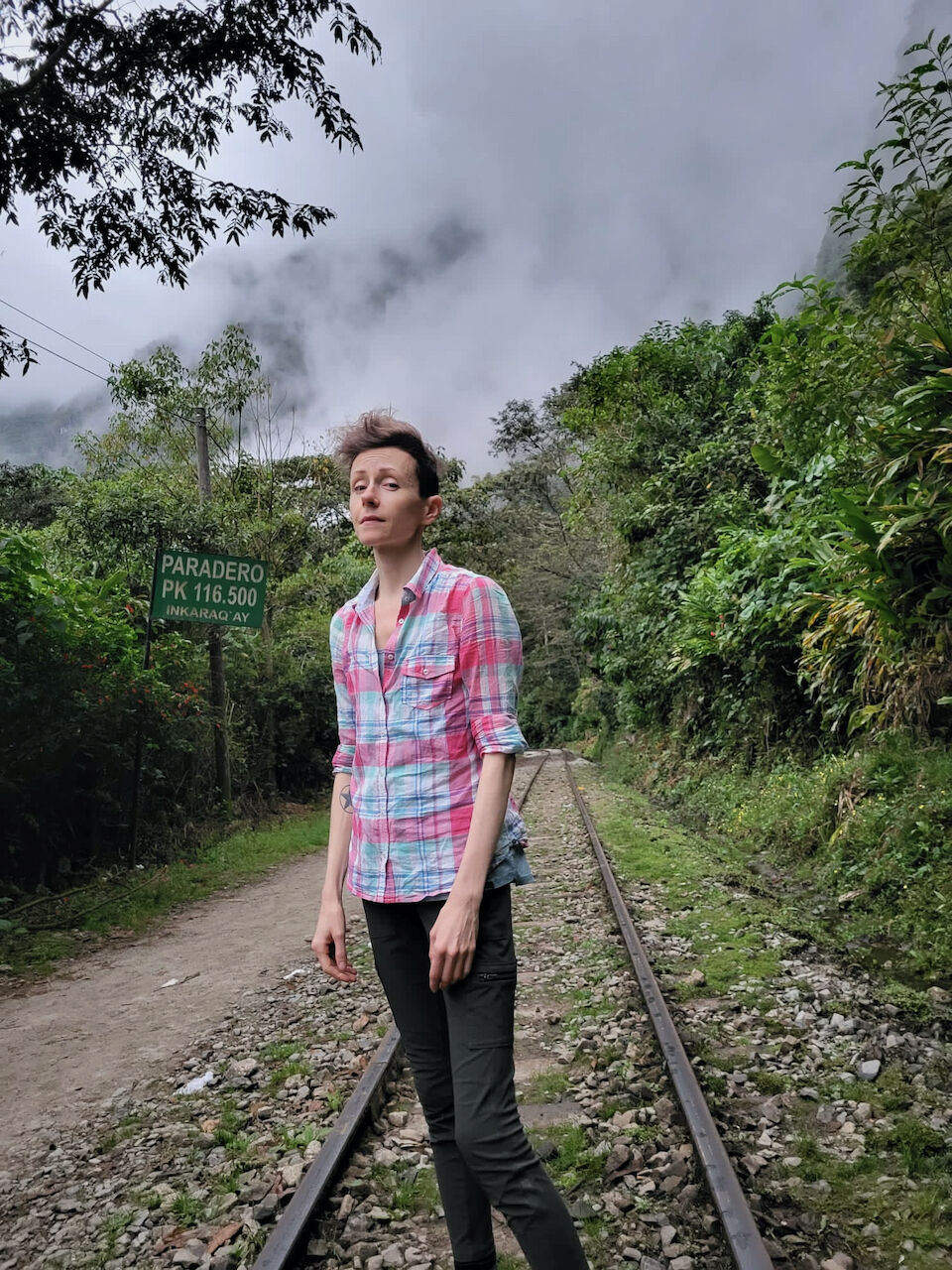
The author, following the LGBTQ+ Compassionate Inquiry and Ayahuasca Retreat in Peru.
Rewiring the Brain
Part of the Shipibo healing process is the purge: often, vomiting during ceremony, something Western medical treatments consider an unwanted side effect. It begins even before the retreat with a strict diet that eliminates pharmaceuticals and processed foods, continued in the ritual through vomit and diarrhea, sobbing and shaking, and singing and laughing.
The purge is occasioned by the icaros, medicine songs that show both us and the maestros/as where we need healing. They learn these songs from the plant spirits after an intensive training process, or dieta, where they eat little, isolate, and build relationships with sacred plants through ingestion, reflection, and ayahuasca ceremonies. It’s the inverse of our medical system: knowledge isn’t memorized, but felt, sensed, and sung; healing doesn’t follow a line from symptom to illness to cure; treatment isn’t prescribed, but experienced, encompassing body, mind, and soul.
Vieten explains that psychedelics are believed to work through neuroplasticity: the brain’s ability to form new connections, creating receptive states that open people to new ideas and insights. “It’s like a loosening of the [mental] hardwiring,” she says, “where the subjective experiences and certain types of learning that you have during those times can be more quickly integrated when the brain rewires.”
According to some researchers, they suspend the part of the brain that keeps your model of reality running, which includes old patterns, behaviors, and self-perceptions. They may even temporarily reopen critical learning periods that close when we’re young, allowing new pathways to unfold. But it’s not enough to simply remember what caused our false beliefs—we have to re-experience it, and choose differently this time.
“To heal the root cause [of trauma] usually involves bringing it back … in an embodied way so the person can work through those feelings while still being connected to their present resources,” Natoli says. Psychedelics like ayahuasca and related substances, such as ketamine and MDMA, can help people revisit painful memories from a safe psychological distance, broadening their perspective and training the nervous system to place the event where it belongs—in the past. But even more powerful than the medicine, perhaps, were the other people.
“There’s a reason we do yoga, meditate, and go to church together,” Vieten explains; giving the analogy of bicycle racers, she explains that we can ride in others’ spiritual “draft,” a phenomenon that psychedelics can amplify. “As people move into altered states of consciousness, they find themselves in a realm that’s outside conventional notions of space and time, and the rules are different [there]. With the right set and setting, intention, and people, … there’s a benevolence and real love [that can be healing].”
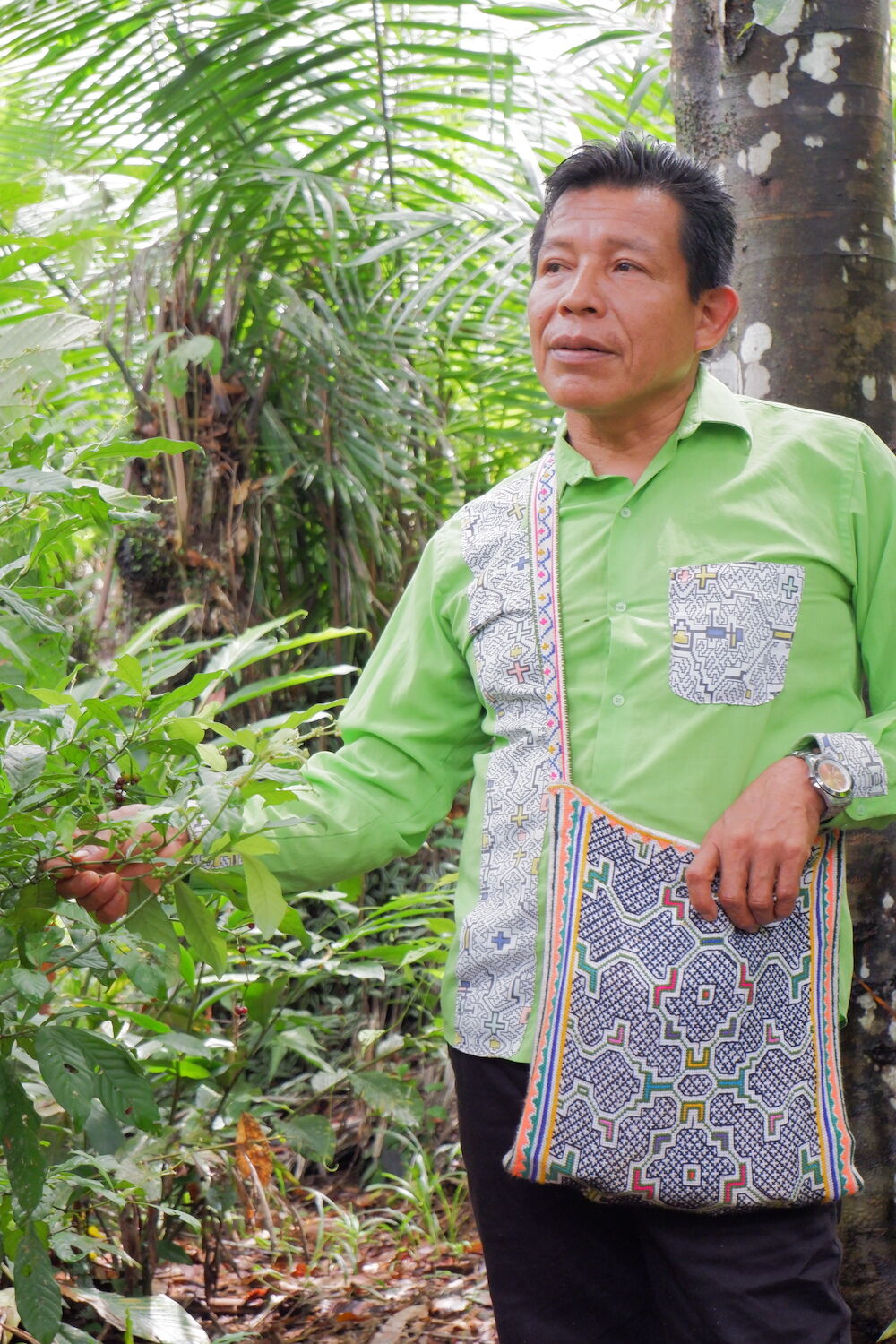
Maestro Damien Pacaya before ceremony at The Temple of the Way of Light.
We Go Alone, Together
We came expecting to face darkness, and found plenty—but what I never expected was the levity and light. What I remember most isn’t the purging or the pain, but rather, a tender hand applying sunscreen to my neck; seeing myself in the infinity of another’s eyes; taking breaks from processing to dance to Shakira.
How do I describe that ayahuasca has a sense of humor? She could be downright hilarious: a gonzo, world-bending trickster who turned your dirtiest secrets and darkest revelations into Saturday morning cartoons, a game where all you have to do to win is to realize you’re playing; where every single instance of pain and joy, sorrow and elation, shame and celebration is revealed as essential for your journey. I remember the cricket that appeared on the bathroom wall to toilet-train me when I was struggling; the game-show vibe that kicked in when I had a breakthrough, literally sending up lights and bells declaring me the big winner.
Even the medicine isn’t activated and administered through solemn oratory, but music and song; before serving, the first thing the maestros and maestras do is whistle softly into the bottle. The ceremony, too, holds this tension between darkness and light, one and many. Sitting in the pitch-black night, barf bucket in front of you, you journey alone into your pain. But on the queer retreat, we were surrounded by family, guided by the healers and supported by the whole living, breathing, ever-loving system.
But it’s really hard to be a person, so we come to the jungle to drink a wretched-tasting brew that sends us to face our darkest fears and purge in front of one another. In those moments of quiet arrival between when the ceremony ends and the rest of life begins, the sheer ridiculousness of our predicament passes between us, and we laugh.


















